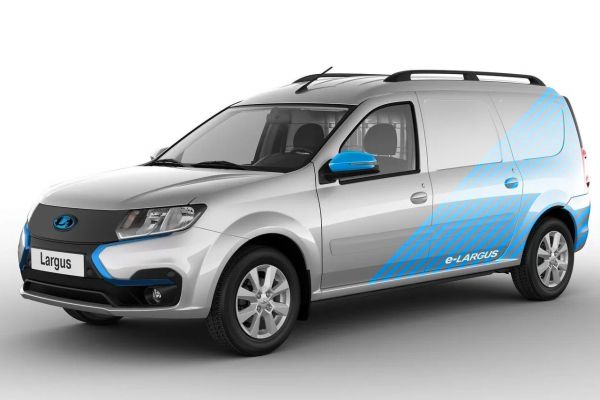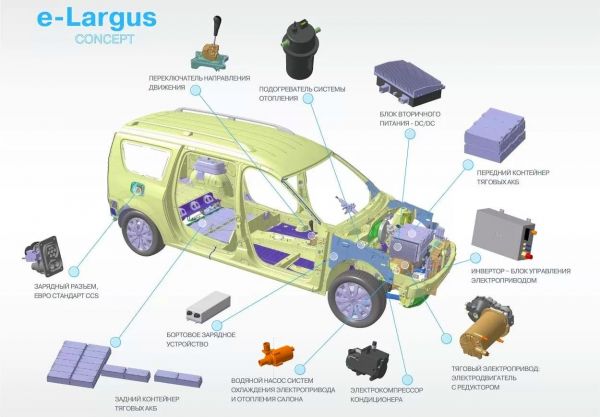LADA

At the moment, Lada is in a rather difficult economic situation, due to the lack of spare parts, it literally produces low-cost cars even in limited numbers. Many people have rightly questioned the legitimacy of the Izhnevsk plant where the Vesta was manufactured – they've wanted to move their series production to Togliatti for a long time, and it appears the current shutdown is being used for this logistically sensible move. Of course, they don't officially give up on the Izhnevsk plant, it's a very important employer for that, but they reduce the number of workers from 3,000 to 200 for voluntary departures and for not filling the jobs left vacant by retirement.
With that minimal staff they envision resuming production next year, instead of the popular updated Vesta, Lada's first mass-produced electric car will be made here - officially because the 32 cars an hour in Izhnevsk is not enough to meet the high expected demand, while in Togliatti the capacity of the B0 line is 60 cars per hour. The latter is none other than the e-Largus(image above), namely the Dacia Logan MCV station wagon originally presented in 2006, in which Russian engineers built a battery-electric drive. We learned few details about this, the drive motor will be moved forward, the battery will be installed in various parts in the engine compartment and under the floor, neither performance nor range data has been announced.

Due to a lack of parts from European suppliers, they wanted to completely stop production of the Largus, but they are now spending considerable sums not only to replace the electric drive, but also for parts that are not available. It is part of the truth that electric drive is not a future-proof technology in Russia, Terra Udmurt, centered in Izhnevsk, the size of half of Hungary, with 1.5 million inhabitants, currently has 10 electric charging points and 3 more will be installed next year – and they are already well equipped with infrastructure in terms of…By the way, 10 years ago Lada presented the ELLada model based on the Granta, which used Renault electric car technology at the time, and 100 of them were produced for experimental purposes.
Mundoquatrorodas

Nenhum comentário:
Postar um comentário